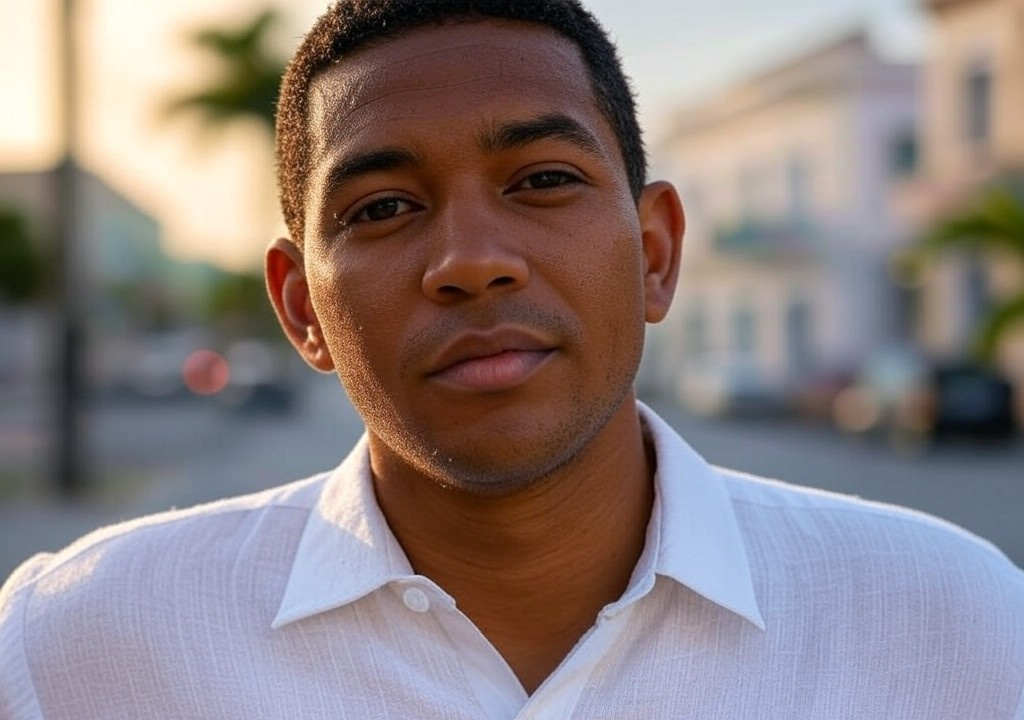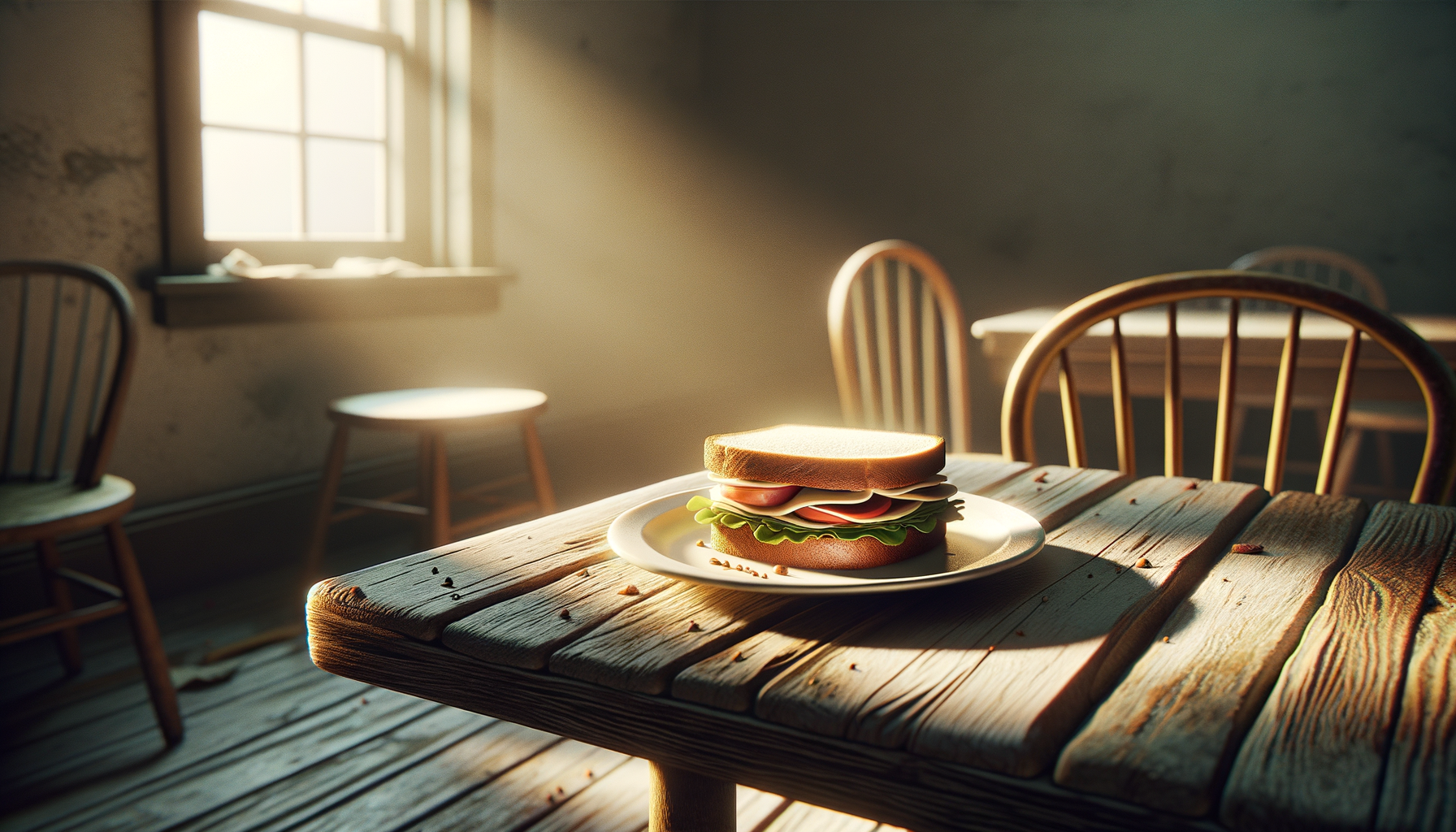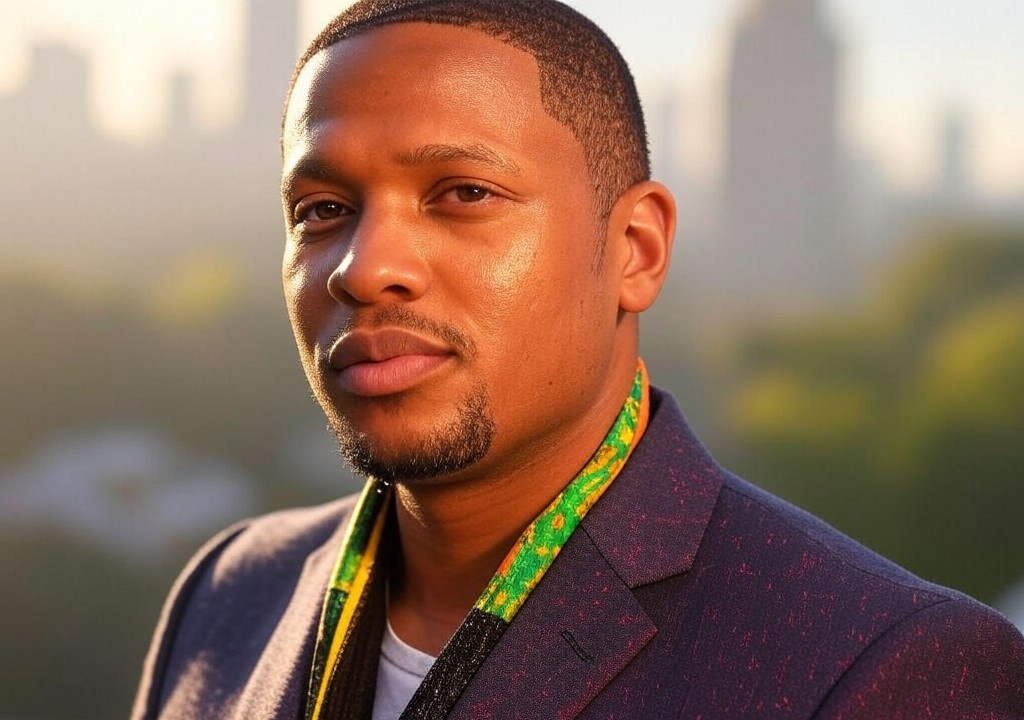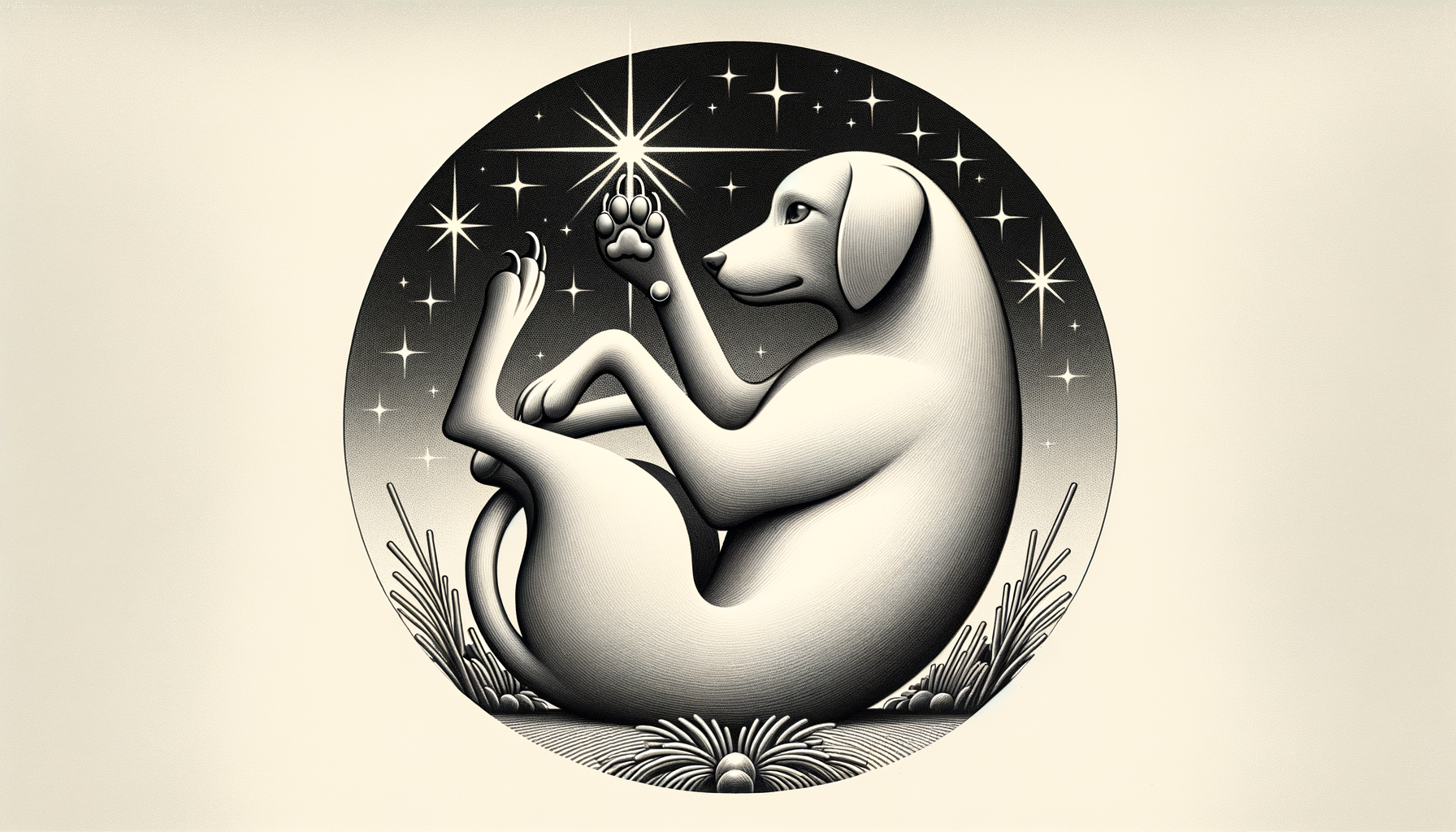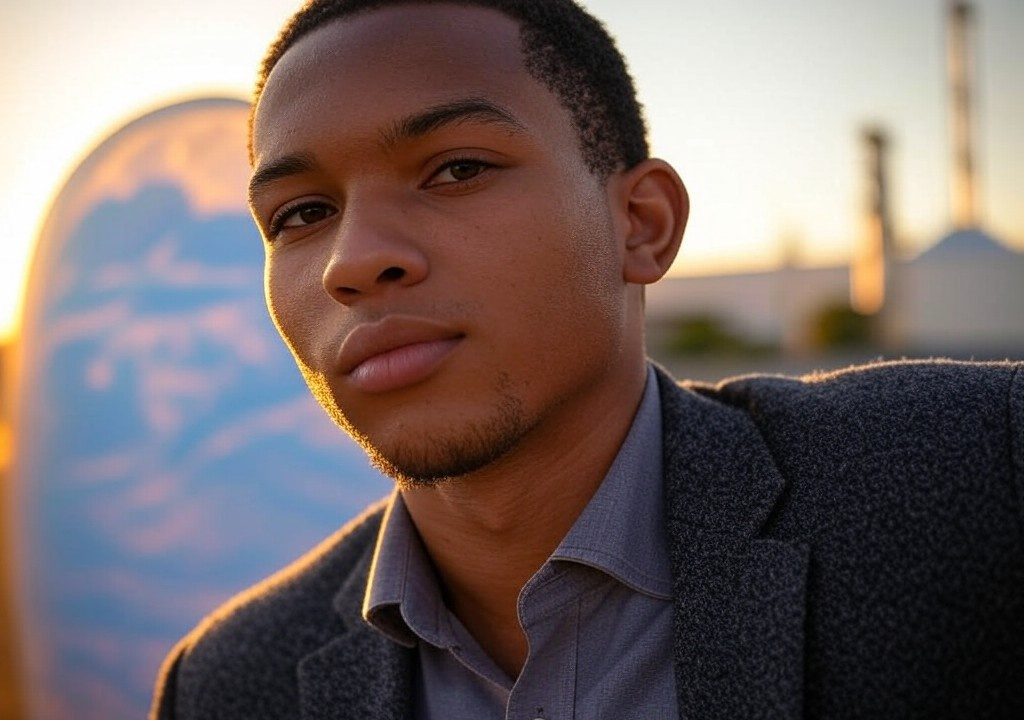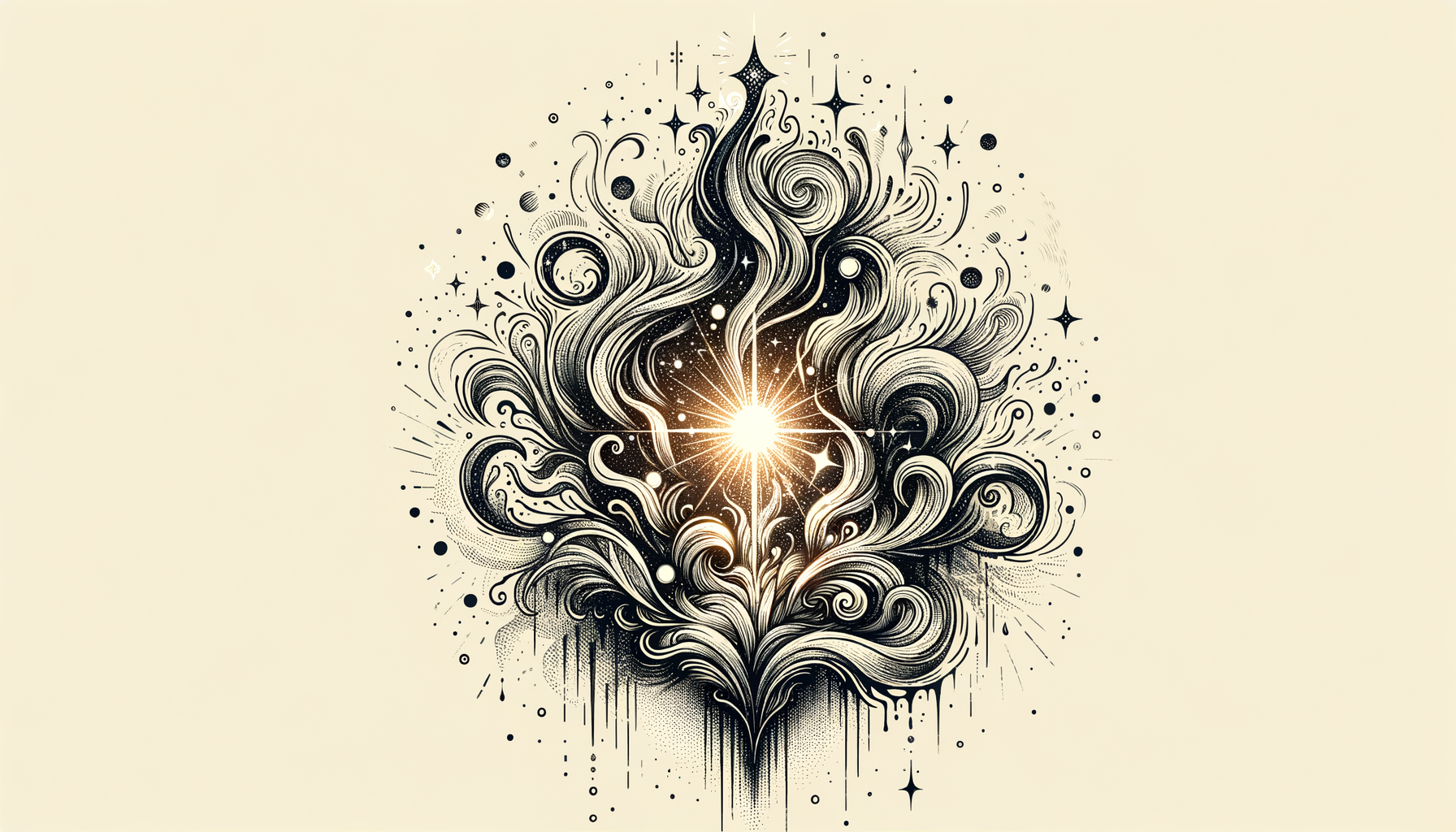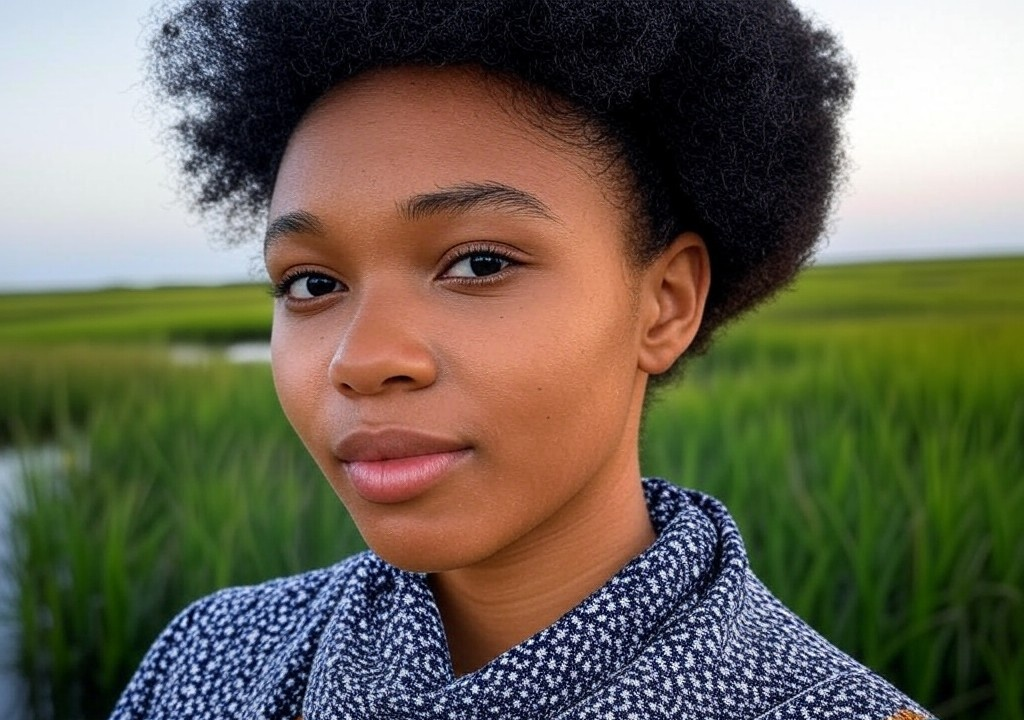Growing up in Hialeah, Florida, I thought community was as easy to find as a medianoche sandwich at any corner cafeteria. My family ran a bakery, and from the sound of boleros on the radio to the domino games out on the sidewalk, I figured connection was something you just...fell into. My parents built a community around sugar-dusted pastries and thick Cuban coffee—there were no forms you filled out for membership. You just showed up, and suddenly, bam, you had people.
But when I left for college four hours north in Tallahassee, that effortless closeness vanished. I was surrounded by new faces, unfamiliar accents, and fried food that came nowhere near my abuela’s croquetas. It was the first time I realized how much I relied on others to feel grounded. And let me tell you, when you’re suddenly eating alone in the cafeteria, thinking back to a house that always had someone yelling or laughing, you wonder how to re-create that magic. Spoiler: It’s not by trying to get into a frat.
Finding "my people" as an adult turned out to be a lot harder than I thought. But in that process, I learned the art of building a tribe instead of waiting for one to fall into my lap. If you’re on your own journey of finding a community, this article is for you—because everyone deserves to find their table. And I promise, there’s room for you.
Step 1: Know Who You Are First
We’ve all seen that one rom-com (pick literally any of them) where the protagonist changes everything about themselves just to fit into a group or get the girl/boy/nonbinary dreamboat. By the end, they’re spinning in the rain or slow dancing to a 90s ballad, finally realizing, “Oh no, I lost myself!” The moral is clear: it’s hard to find your people if you’re not really being your person.
When I first got to Florida State, I tried to blend in by ordering “sweet tea” instead of limón-based iced tea, swapping Gators for Noles merch, and saying “y’all” with cringey enthusiasm. But fitting in doesn’t mean you belong, and I felt even lonelier by pretending to be someone I wasn’t.
The moment I started showing up as myself, things shifted. I leaned into my love of storytelling—becoming that guy who reinforced every joke with a family anecdote about his tío Manolo. I quit trying to sound like everyone else and embraced my Spanglish, tripping over my words but making people laugh. Eventually, the right people stuck around: folks who liked me, not some version of me I was auditioning for.
Actionable Tip: Before searching for your people, spend time figuring out what you value, and show up as that. Are you obsessed with a niche hobby, like competitive dominoes or collecting vintage Pokémon cards? Flaunt it. Authenticity is your biggest selling point—it’s the café con leche of human connection: comforting and energizing all at once.
Step 2: Find Your Spaces
Here’s the thing about finding community: You’re not likely to stumble across it binge-watching Ted Lasso alone at home (though great taste—you’re already halfway interesting). My Key West residency taught me that community thrives in spaces where people gather with purpose, like coffee shops, workshops, or sweaty salsa clubs where strangers become partners in two minutes flat.
One of the best places I found “my people” was through a writing workshop. It wasn’t glamorous—we met in a crowded library room that smelled faintly of mildew—but there was magic in the air: people from wildly different walks of life connecting over words. Some of us were shy; some of us didn’t know the difference between "your" and "you're" (a detail we teased each other about endlessly). It didn’t matter. We all had something to say, and we said it.
Whether it’s by joining a volleyball league to spike out your frustrations or attending a painting-and-wine night (where you drink more wine than paint), putting yourself in shared spaces creates possibility. And sometimes, you find unexpected kinship in places you’d least expect—like when I bonded with a retired sailor-turned-poet over an epically bad open mic night where both of us flubbed our lines.
Actionable Tip: Search for events or groups that align with your interests. Don’t overthink it. From “People Who Love Puns” meetups (a real thing!) to volunteering at a food bank, your people are waiting in spaces you haven’t stepped into yet.
Step 3: Give and Take
Building community isn’t the same as finding a new Netflix series to obsess over—it’s less passive scrolling, more active participation. One thing I realized growing up in my family’s bakery was that being part of a community wasn’t just about receiving support; it was about making yourself useful, too. Whether it was my dad offering free pastelitos to a grieving neighbor or my mom staying open late so a new customer could grab a birthday cake, they showed me that lasting connections came from generosity.
Fast forward to adulthood, and this principle still holds true. When I joined that writing group, I wasn’t just there to share my work and soak up praise (though, okay, praise feels nice). I listened to others, offered feedback, and sometimes stayed behind to help clean up chairs. It wasn’t transactional—it was meaningful. These connections didn’t come from a place of “What can I get out of this?” but rather, “How can I contribute?”
Actionable Tip: Think about how you can show up for others in your community. Whether it’s a small gesture like offering someone advice during a rough week or being the person to organize a group hangout, giving builds bonds.
Step 4: Don’t Force It
This one is big. If finding community feels like force-fitting a puzzle piece where it obviously doesn’t belong, take a step back. I’ve spent too much time trying to infiltrate groups that weren’t right for me, only to feel invisible. Like the time I joined a downtown cycling crew in a fleeting attempt to become “Raúl, King of Cardio.” Between aggressive peloton chats and my inability to align with their vegan snacking habits (a guy just needs his fritas, OK?), I realized I was trying too hard to fit in somewhere where I wasn’t meant to thrive.
It’s okay to walk away. Not every circle will be your circle; not every person will be your person. The best relationships are mutual, easy—not without effort, but without forcing.
Actionable Tip: If something doesn’t feel right, trust your gut. Community should make you feel uplifted, not drained.
Conclusion: Your People Are Out There
Finding your people is a lot like mastering a classic flan recipe: it takes some trial and error, a little patience, and a lot of sweetness. It’s about showing up authentically, stepping into spaces outside your comfort zone, and embracing the process even when it gets messy.
When you find your tribe, you don’t need to shout to be heard; they’ll know your voice instinctively. And whether it’s a group text that cracks you up before bed or a potluck where no one judges you for bringing store-bought empanadas, there’s nothing like knowing you belong.
Trust me—your table is out there. Pull up a chair, and don’t forget to share your pastelitos.


